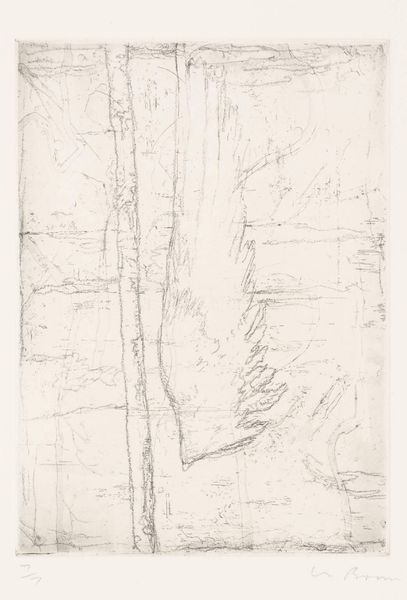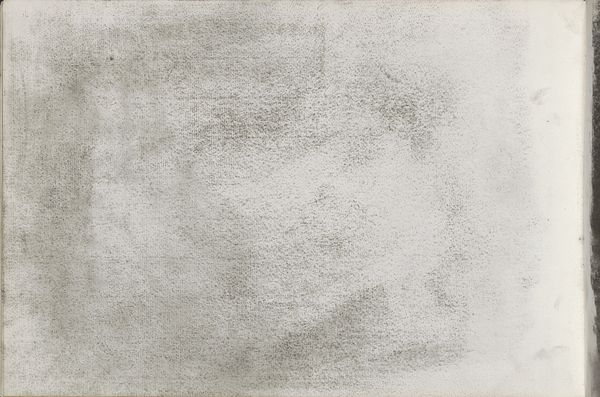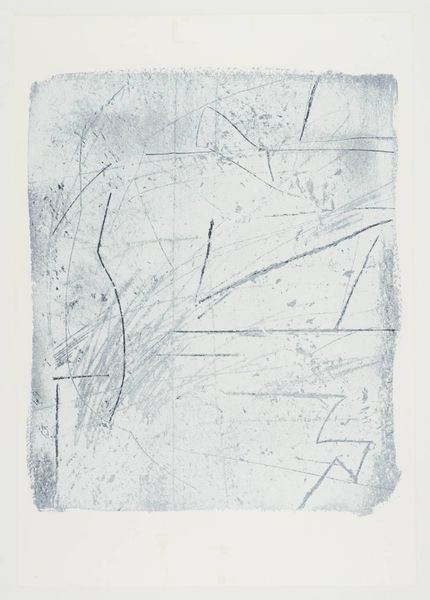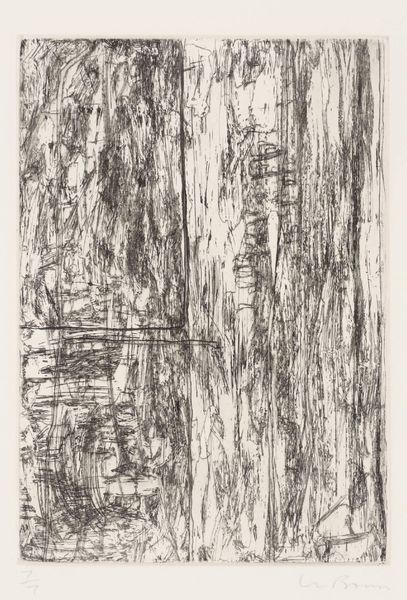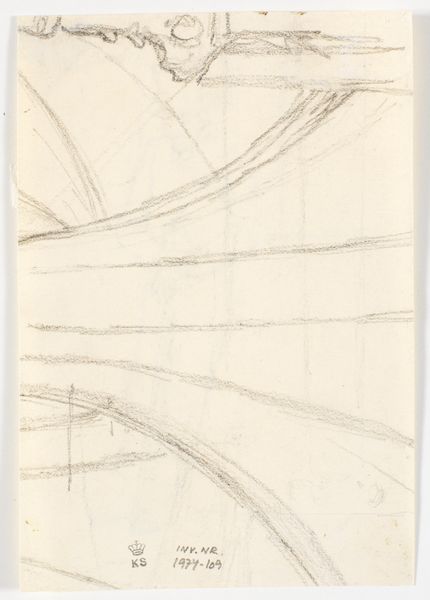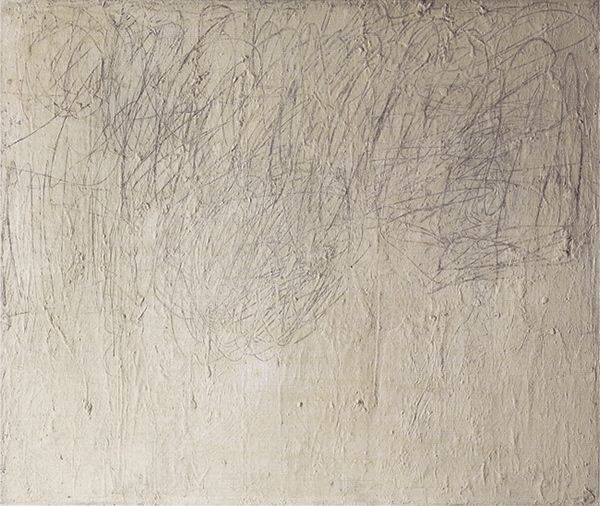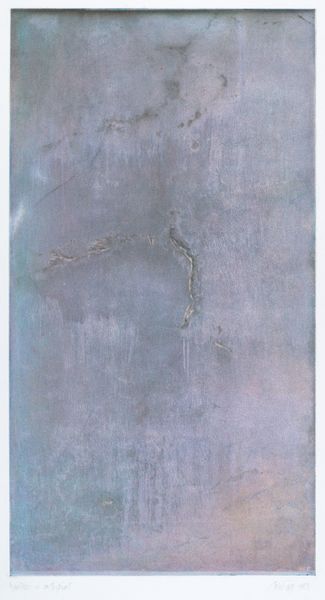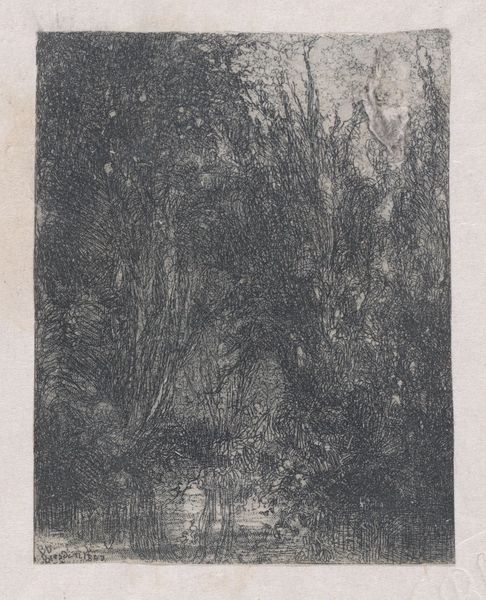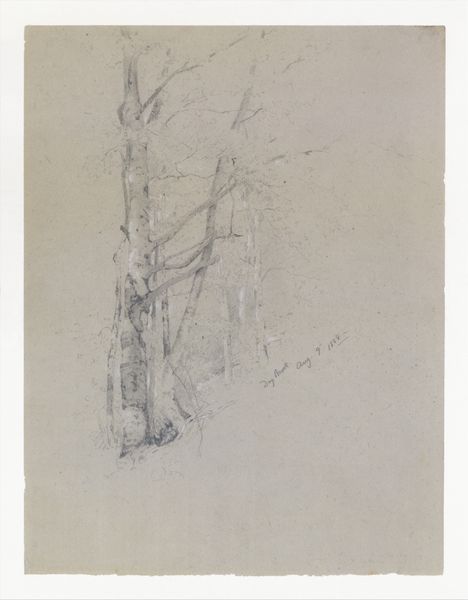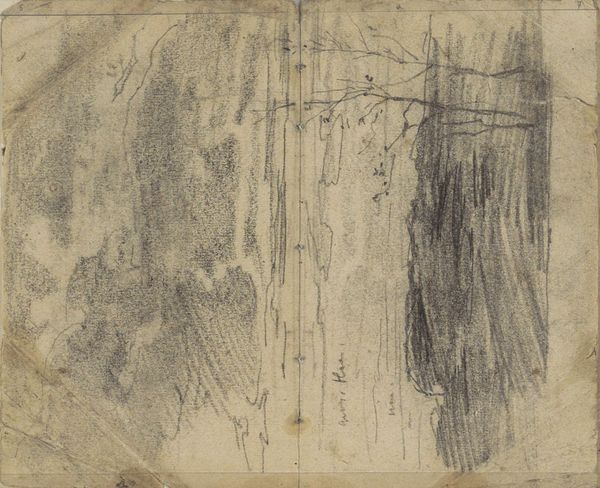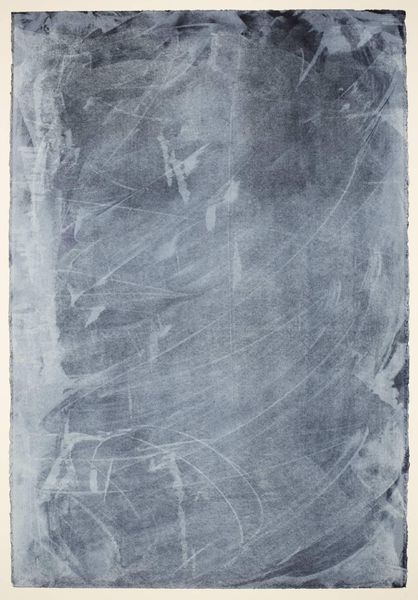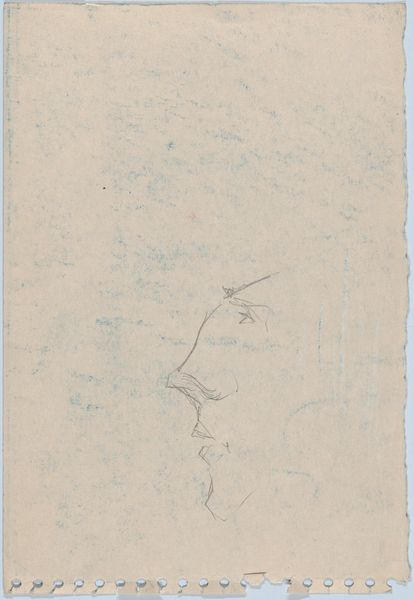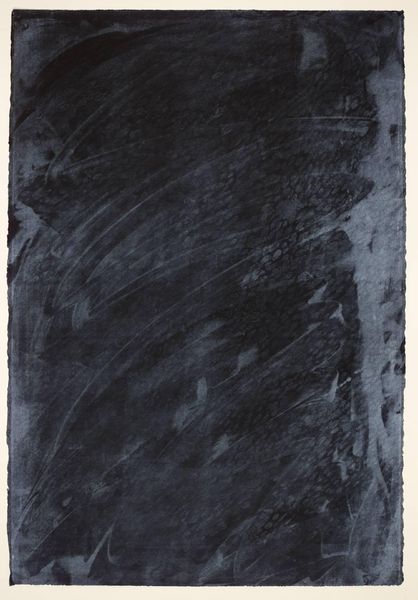
drawing, pencil
#
drawing
#
landscape
#
romanticism
#
pencil
Dimensions: 6 9/16 x 8 3/8 in. (16.67 x 21.27 cm)
Copyright: Public Domain
Curator: This is Theodore Rousseau’s "Trees and Figures in a Barren Landscape," created in 1834. The drawing, rendered in pencil, now resides here at the Minneapolis Institute of Art. Editor: Oh, it's… delicate. Ethereal almost. The way the branches reach out into that muted blue space—it feels like a whispered secret. Melancholy, maybe? Curator: The Romantic period embraced intense emotion, so your reading aligns well. Rousseau often focused on the Barbizon landscape; his subjects weren't simply pretty pictures, but investigations into nature's moods and its impact on those within it. The means of production here are simple: pencil on paper allowing for detailed line work contrasted with broad atmospheric effects. Editor: Exactly! It's like he's stripping things bare, not just the landscape but the human experience itself. Look how spare the figures are. They're barely there! Ghostly inhabitants. And the blue, like a faded memory… How did the colour of the paper contribute do you think? Curator: The choice of paper colour here wasn't simply a stylistic whim. It functioned practically to create the initial tone. Instead of laboriously shading the entire background, he employed the paper itself as part of the composition, saving labor but also creating an instantly evocative atmosphere. The economic dimensions matter as much as aesthetic ones, even then. Editor: It's fascinating how the limited materials give rise to something so suggestive. I find it so haunting. Like it's more than just trees. The barren landscape, the faded paper... the skeletal branches! Everything about it points to a cycle of decay, yet somehow I'm also left with a quiet sort of beauty. Curator: It makes us reconsider landscape art and labour doesn’t it, not just for its aesthetic qualities but for its means of creation, consumption and wider societal influence, which helps expand and transform it away from being perceived simply as “high art." Editor: Yes absolutely. This brief journey reminds us that art's magic isn't just about technical prowess, but about what echoes in the silences, the suggestive textures, and how a artist creates this all.
Comments
No comments
Be the first to comment and join the conversation on the ultimate creative platform.
